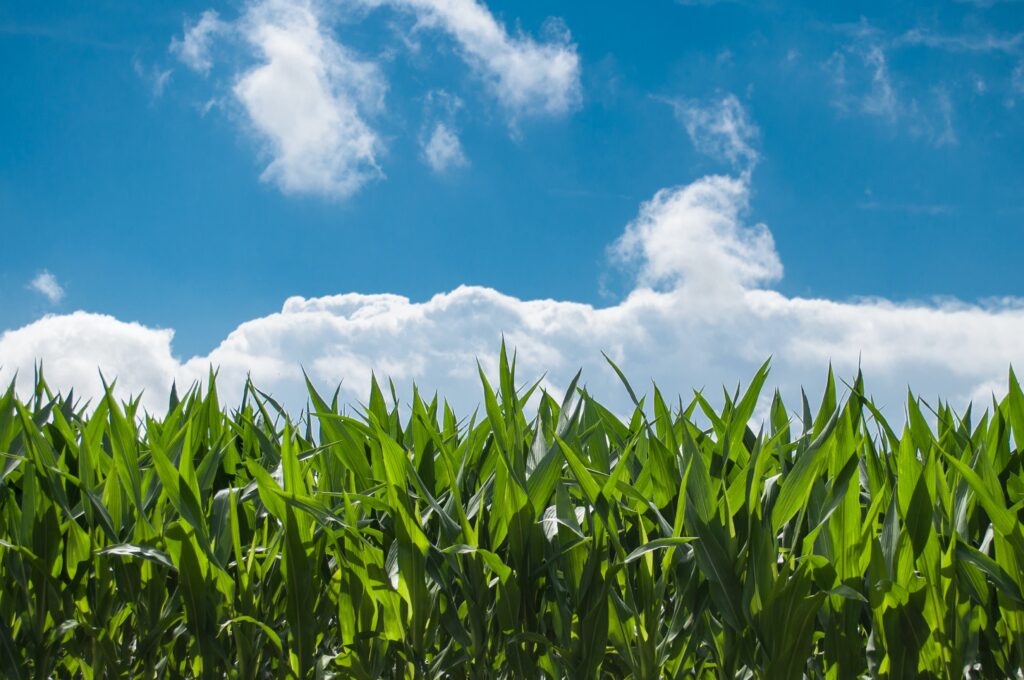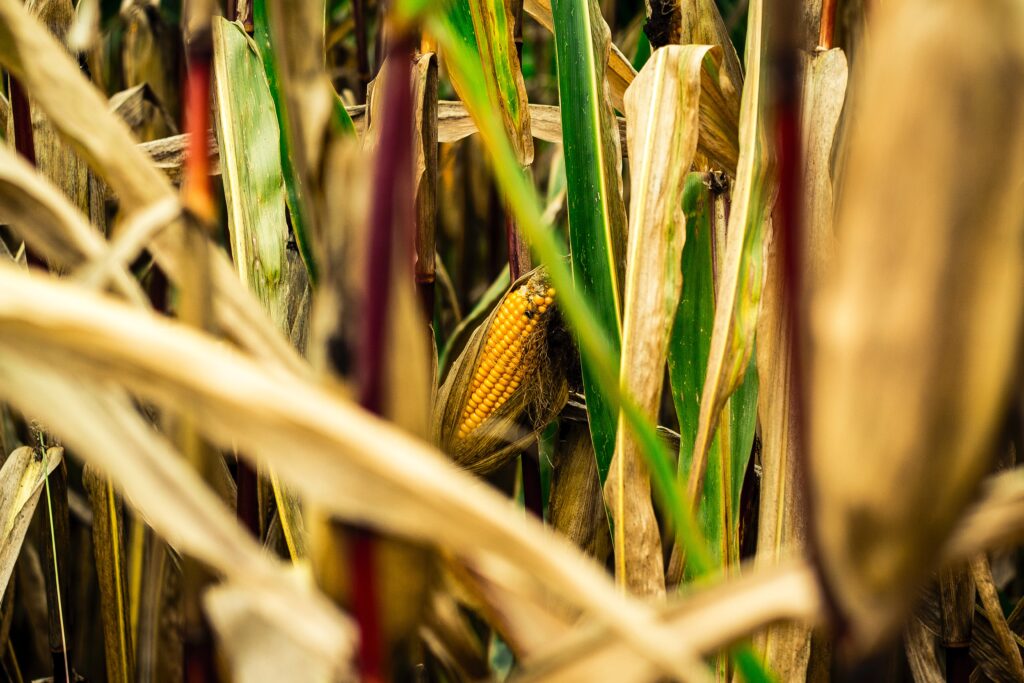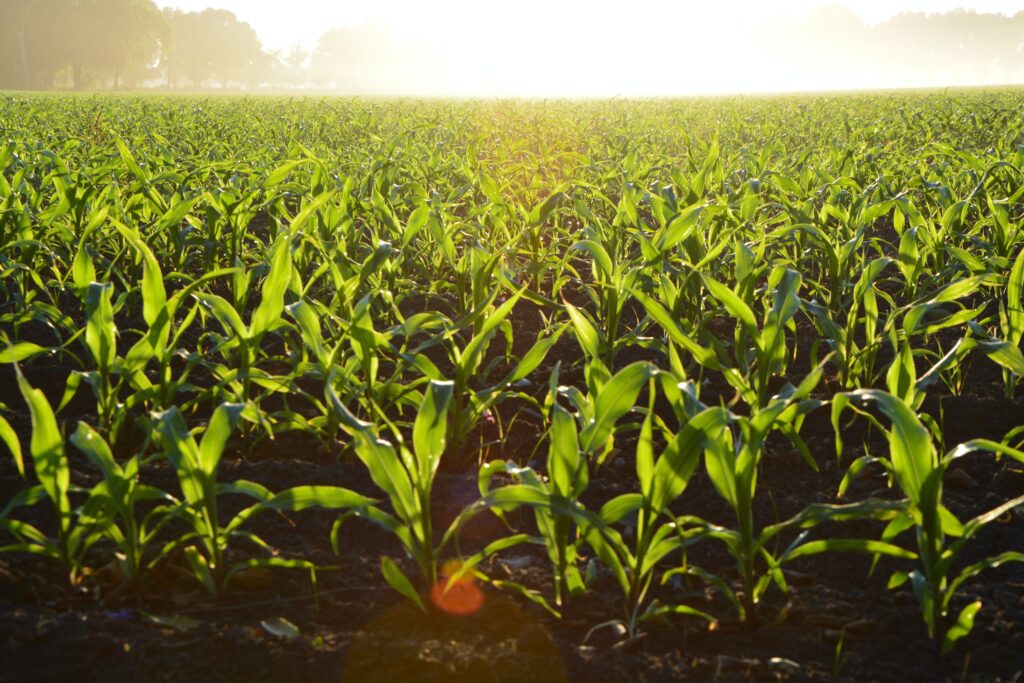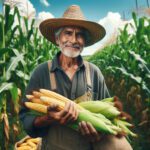Corn is a grain plant native to Central and South America. It is one of the most important crops in the world, both for human and animal consumption. Corn is a significant source of energy and protein in many parts of the world, and it is also used to produce oils, food additives, and biofuels. Furthermore, corn is a highly versatile plant that can be cultivated in a wide variety of climates and soils.

Corn in Mexico and Latin America.
Corn is highly important in Mexico and many other countries in Latin America. In Mexico, corn is an essential part of the diet and culture. It is used to make a variety of dishes, such as mole, tamales, pozole, and elote. It is also used to make tortillas, which are a significant staple in the diets of many people in Mexico and other parts of Latin America.
Corn is one of the main crops in Mexico and many other countries in Latin America, and it is grown in all regions of the continent. In many Latin American countries, corn is a significant source of income for farmers and is an essential part of the rural economy. Additionally, corn is also a significant source of employment in the food processing industry in the region.
Corn in the USA.
Corn is also a very important crop in the United States. It is the largest crop in terms of planted acreage and is a crucial part of the country’s agricultural economy. Corn is primarily used for livestock feed and for producing ethanol as a biofuel, but it is also used to make a variety of food products, including breakfast cereals, animal feed, and food additives.
In the United States, corn is grown in all states, but the major corn-producing states are Iowa, Illinois, Nebraska, and Minnesota. The United States is the world’s leading exporter of corn, and corn is a significant part of the country’s trade relationships with other nations.

Main Issues in Corn Production.
There are several issues that can affect corn production. Some of them include:
- Weather: Corn is sensitive to certain types of weather and can be damaged by droughts, floods, or frost.
- Diseases: Corn can be affected by a variety of diseases, such as corn rust and corn sudden death, which can reduce the harvest.
- Pests: Corn can be damaged by pests like corn borers and corn earworms, which can reduce the harvest.
- Weeds: Weeds can compete with corn for nutrients and water and can reduce the harvest.
- Low Prices: Low corn prices can make it challenging for farmers to earn adequate profits from their harvest.
- Trade Barriers: Trade barriers can hinder corn exports and reduce prices.
- Climate Change: Climate change can affect corn production in various ways, such as changes in weather conditions and water availability.

Main Pests and Diseases Affecting Corn Cultivation.
Some of the main pests and diseases that can affect corn are:
- Corn Earworm (Spodoptera frugiperda): It is a pest that feeds on corn leaves and stems and can cause significant damage to the crop.
- Corn Borer (Helicoverpa zea): It is a pest that feeds on corn leaves and stems and can cause significant damage to the crop.
- Corn Rust (Puccinia polysora): It is a disease caused by fungi that can affect corn leaves, stems, and grains and can reduce the harvest.
- Corn Sudden Death (Fusarium verticillioides): It is a disease caused by fungi that can affect corn stems and cause plant death.
- Corn Frost: Corn is sensitive to frost, and low temperatures can damage the crop.
- Corn Wilt (Fusarium spp.): It is a disease caused by fungi that can affect corn roots and stems and cause plant death.
- Corn Whitefly (Bemisia tabaci): It is a pest that feeds on corn leaves and can cause significant damage to the crop.

Corn Pests
Some pests may be more prevalent at certain stages of the corn growth cycle than others. For example, the corn earworm and corn borer are common pests that can affect corn at all growth stages, while the corn whitefly is more common in the early stages of corn growth. Generally, pests that feed on corn leaves and stems can cause significant damage to the harvest, while pests that feed on corn grains can have a more severe impact on crop quality and yield. Overall, it is important to implement proper pest control practices to minimize the impact of pests on the corn harvest.
There are several pest control practices that can be used to minimize the impact of pests on the corn harvest. Some of these practices are:
- Selecting resistant varieties: Some corn varieties are more resistant to certain pests and diseases than others, so choosing a resistant variety can help minimize the impact of pests.
- Implementing good crop management: Practices such as weed control, crop rotation, and proper fertilizer use can help reduce the presence of pests and diseases.
- Using biological control methods: Some biological control methods, such as using natural enemies of pests or using microorganisms to control pests, can be effective in minimizing the impact of pests.
- Using pesticides: In some cases, the use of pesticides may be necessary to control pests. However, it is important to use these products responsibly and follow usage instructions to minimize potential health and environmental risks.
- Monitoring pest presence: It is essential to regularly monitor the presence of pests to detect any infestations early and take appropriate control measures in a timely manner.
 AgronoBlog – Agriculture Blog
AgronoBlog – Agriculture Blog 


